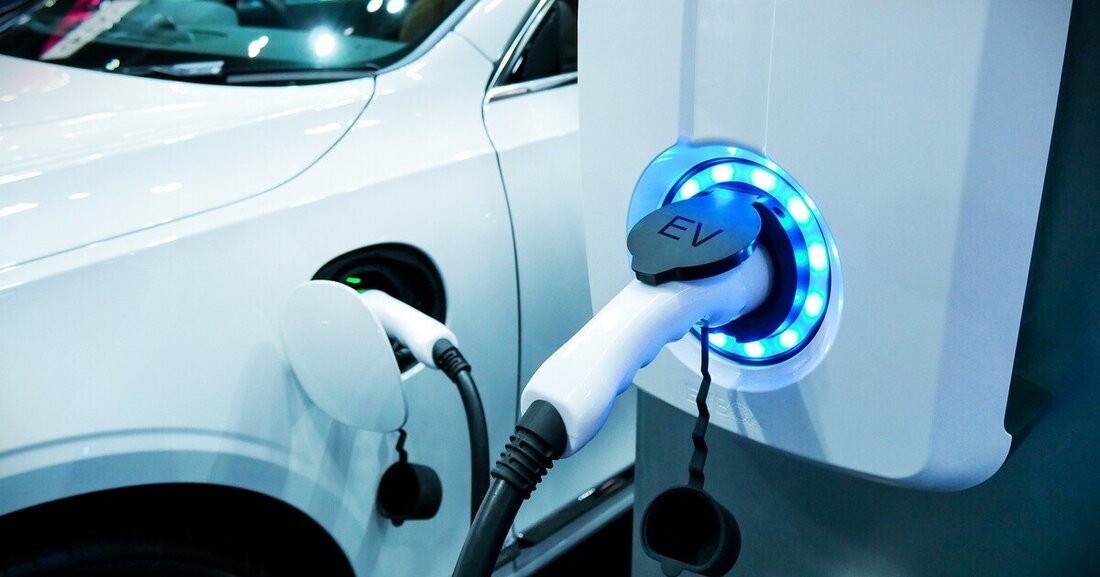The electrification of fleets
Bridgestone and its subsidiary Webfleet have calculated the CO2 savings potential for European fleet operations when switching to electric models. In short: electric cars could already replace many combustion engines.

The electrification of fleets
Bridgestone and its subsidiary Webfleet Solutions, a leading provider of telematics solutions, support the adoption of electrified fleets. At Move 2021, a major mobility event in London, both companies will present their work to support fleet customers and accelerate the path to the electric future.
Electrified fleets enable operators to save fuel and costs and help reduce CO2emissions. However, with the increasing trend towards fleet electrification comes challenges such as “range anxiety” or a perceived lack of infrastructure for electric vehicles. Bridgestone is addressing the latter through its recently announced partnership with EVBox. To address potential concerns, Webfleet Solutions supports fleet managers and companies on their electrification journey and aims to increase efficiency through its data-driven fleet management solution, Webfleet.
Webfleet Solutions enables fleets to effectively manage the operation of their electric vehicles, supporting them to add them to their fleet efficiently and effectively and minimizing charging costs. Despite fleet operators' concerns about the viability of adding electric vehicles to their fleets, Webfleet Solutions predicts that the majority of passenger cars and light commercial vehicles currently in use in Europe could be replaced by electric models. By analyzing anonymized and aggregated driving data from 100,000 connected commercial vehicles on its platform over a 12-month period, Webfleet Solutions estimates that 61 percent of commercial vehicles in Europe could be replaced by electric vehicles, based on daily driving distance.
If the estimated switchers actually switch to electric vehicles, their collective gasoline consumption will decrease by more than 42 percent and their diesel consumption will decrease by just over 30 percent. This fuel saving could lead to a collective reduction in CO2emissions by 31 percent.
Webfleet not only helps monitor and optimize driving behavior and general fleet operations, but also provides a tool for planning fleet electrification. This helps users – regardless of fleet size – identify vehicles that could be replaced by an electric model.
This allows fleet managers to gain digital insights into their electric and hybrid vehicles by providing real-time information about battery levels, charge status, remaining range and charging times. At the same time, they find out where the nearest charging stations are. Because Webfleet also acts as a planning tool for fleets by providing an overview of when and where vehicles can be charged. This enables optimal tour planning based on individual vehicle conditions.
“Webfleet Solutions is committed to not only helping our customers get the most out of their electric vehicles, but also to help them find the best deals to make the switch,” says Jan-Maarten de Vries, CEO of Bridgestone Mobility Solutions.

 Suche
Suche
 Mein Konto
Mein Konto